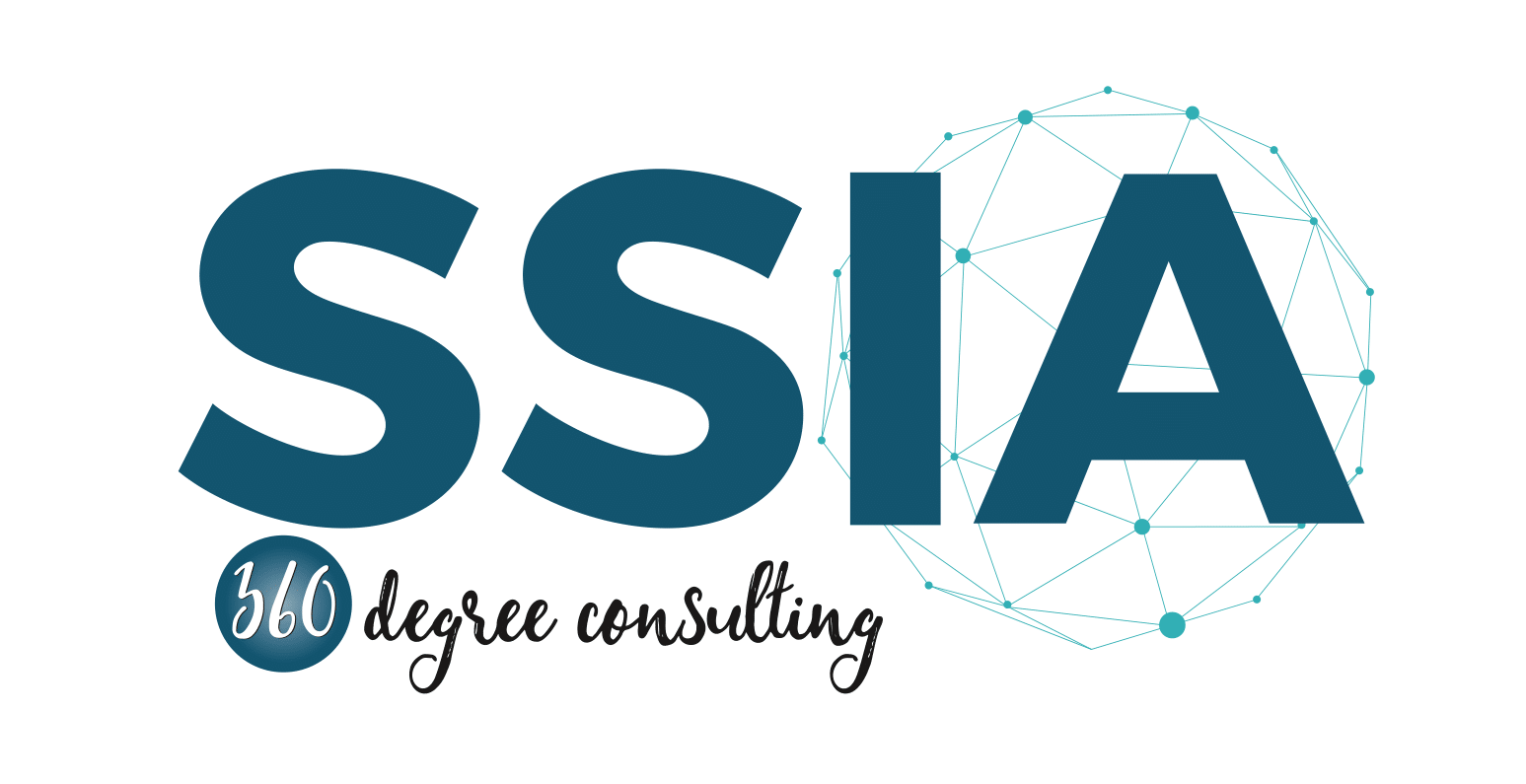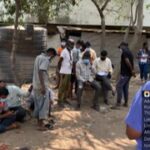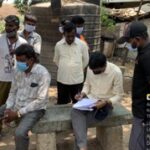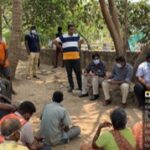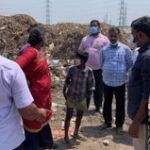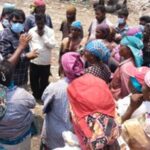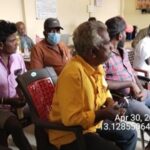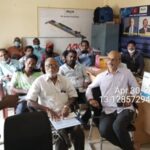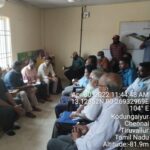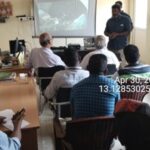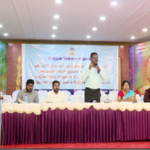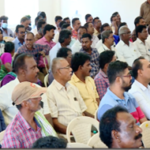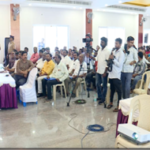Social Impact Assessment
APPROACH & METHODOLOGY
Stakeholders Identification & Mapping
Desk Review & Secondary Data Analysis
Focus Group Discussions with Mapped Stakeholders
Primary Survey of Specific Stakeholders if Required
Identification of Short-Term & Long-Term Impacts
Implementation
Selection of ESMF Consultant
Resettlement Action Plan if Required
Proposed Mitigation Measures including IEC Activities
Project Social Categorization as per ESMF of GoTN
APPROACH & METHODOLOGY
Social Impact Assessment – Current Status
| S.No | Components |
| 1. | Ragpickers Enumeration Survey (Day) |
| 2. | Ragpickers Enumeration Survey (Night) |
| 3. | Data Compilation & Entry |
| 4. | Preliminary Data Analysis |
| 5. | Detailed Data Analysis |
| 6. | Focus Group Discussions (6) |
| 7. | FGD Analysis |
| 8. | SIA Report |
Information, Education & Communication (IEC) Activities
HHs in Impact Area (5 km radius)
Inform about the risks of the existing situation and the advantages of reclamation via biomining.
Maximize buy-in for the proposed project.
List out the expected short term adverse impacts – dust, odour, pests, traffic congestion etc along with proposed mitigation measures.
HHs in Impact Area (5 km radius)
Detail out the environmental, social economic and public health costs pertaining to the existing controlled dumpsites.
Establish 24*7 Complaint Redressal Mechanism.
Establish Grievance Redressal Mechanism.
Share future plans for the reclaimed land.
HHs
Detail out the environmental, socioeconomic and public health costs pertaining processing of waste in MBT and disposal in SLF.
Focus on segregation at source.
Establish 24*7 Complaint Redressal Mechanism.
Establish Grievance Redressal Mechanism.
Marketing strategy of recycled products & compost.
HHs
Detail out the environmental, social economic and public health costs pertaining to proposed future expansion.
Focus on segregation at source.
Establish 24*7 Complaint Redressal Mechanism.
Establish Grievance Redressal Mechanism.
